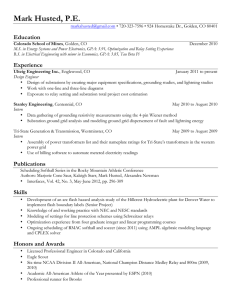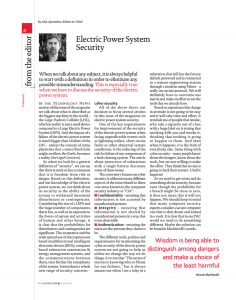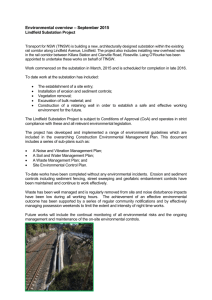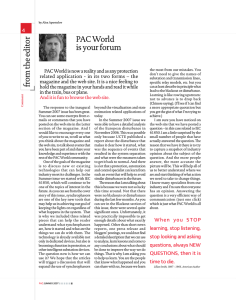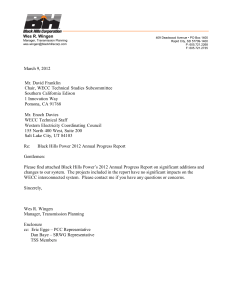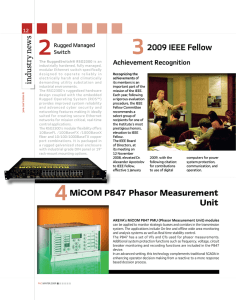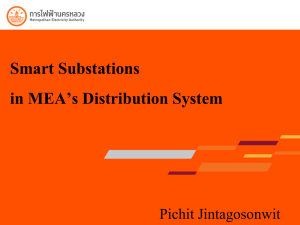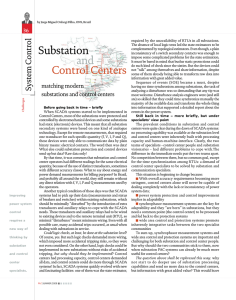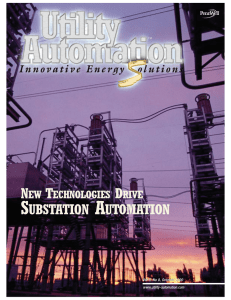Look Around Think and
advertisement
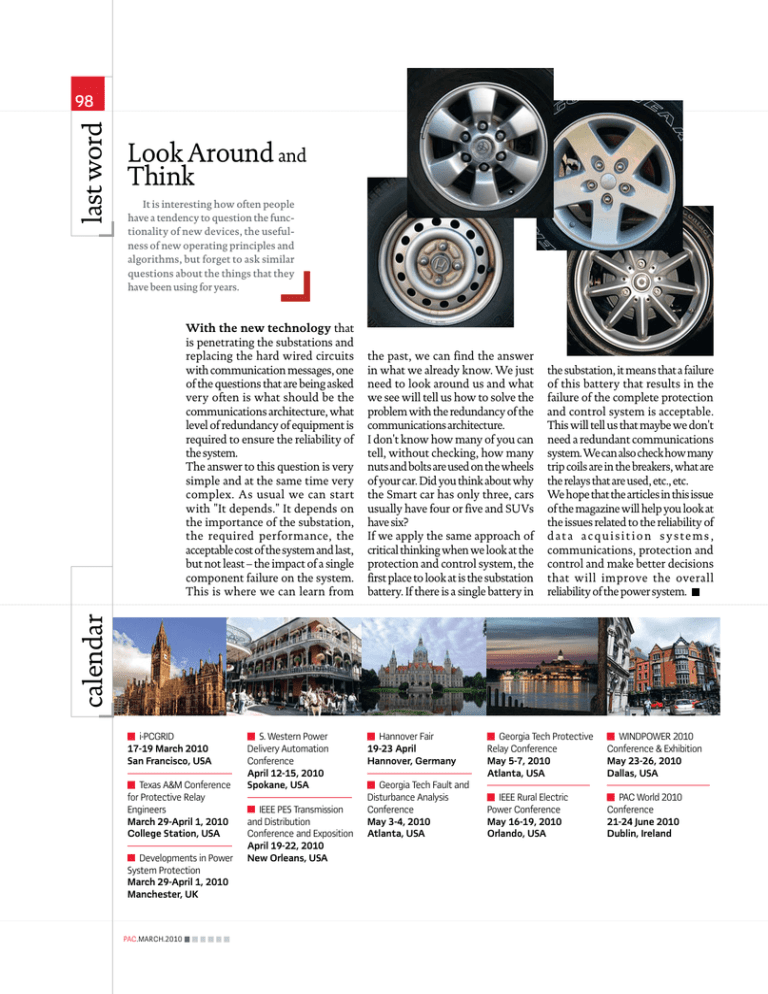
last word 98 Look Around and Think It is interesting how often people have a tendency to question the functionality of new devices, the usefulness of new operating principles and algorithms, but forget to ask similar questions about the things that they have been using for years. the past, we can find the answer in what we already know. We just need to look around us and what we see will tell us how to solve the problem with the redundancy of the communications architecture. I don't know how many of you can tell, without checking, how many nuts and bolts are used on the wheels of your car. Did you think about why the Smart car has only three, cars usually have four or five and SUVs have six? If we apply the same approach of critical thinking when we look at the protection and control system, the first place to look at is the substation battery. If there is a single battery in the substation, it means that a failure of this battery that results in the failure of the complete protection and control system is acceptable. This will tell us that maybe we don't need a redundant communications system. We can also check how many trip coils are in the breakers, what are the relays that are used, etc., etc. We hope that the articles in this issue of the magazine will help you look at the issues related to the reliability of dat a acquisit ion systems, communications, protection and control and make better decisions that will improve the overall reliability of the power system. calendar With the new technology that is penetrating the substations and replacing the hard wired circuits with communication messages, one of the questions that are being asked very often is what should be the communications architecture, what level of redundancy of equipment is required to ensure the reliability of the system. The answer to this question is very simple and at the same time very complex. As usual we can start with "It depends." It depends on the importance of the substation, the required performance, the acceptable cost of the system and last, but not least – the impact of a single component failure on the system. This is where we can learn from i-PCGRID 17-19 March 2010 San Francisco, USA Texas A&M Conference for Protective Relay Engineers March 29-April 1, 2010 College Station, USA Developments in Power System Protection March 29-April 1, 2010 Manchester, UK PAC.MARCH.2010 S. Western Power Delivery Automation Conference April 12-15, 2010 Spokane, USA IEEE PES Transmission and Distribution Conference and Exposition April 19-22, 2010 New Orleans, USA Hannover Fair 19-23 April Hannover, Germany Georgia Tech Fault and Disturbance Analysis Conference May 3-4, 2010 Atlanta, USA Georgia Tech Protective Relay Conference May 5-7, 2010 Atlanta, USA WINDPOWER 2010 Conference & Exhibition May 23-26, 2010 Dallas, USA IEEE Rural Electric Power Conference May 16-19, 2010 Orlando, USA PAC World 2010 Conference 21-24 June 2010 Dublin, Ireland
